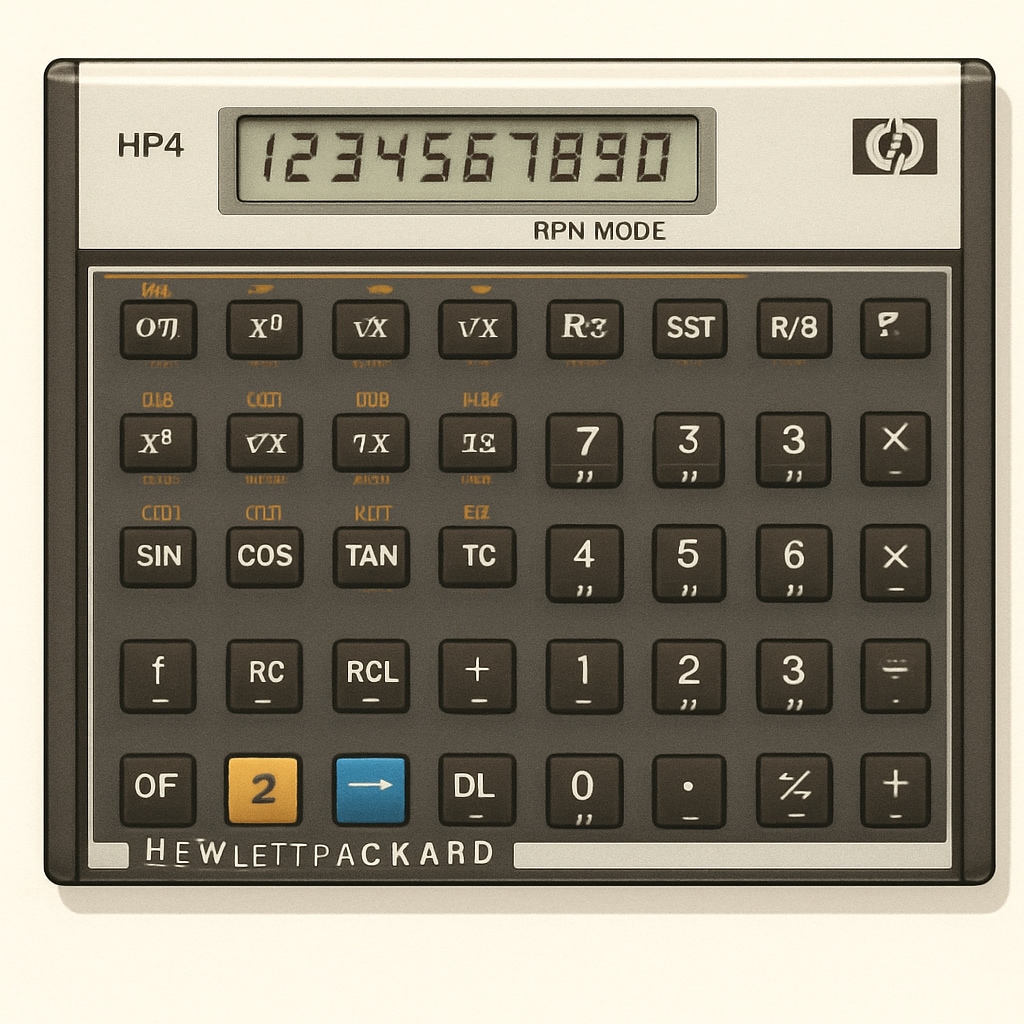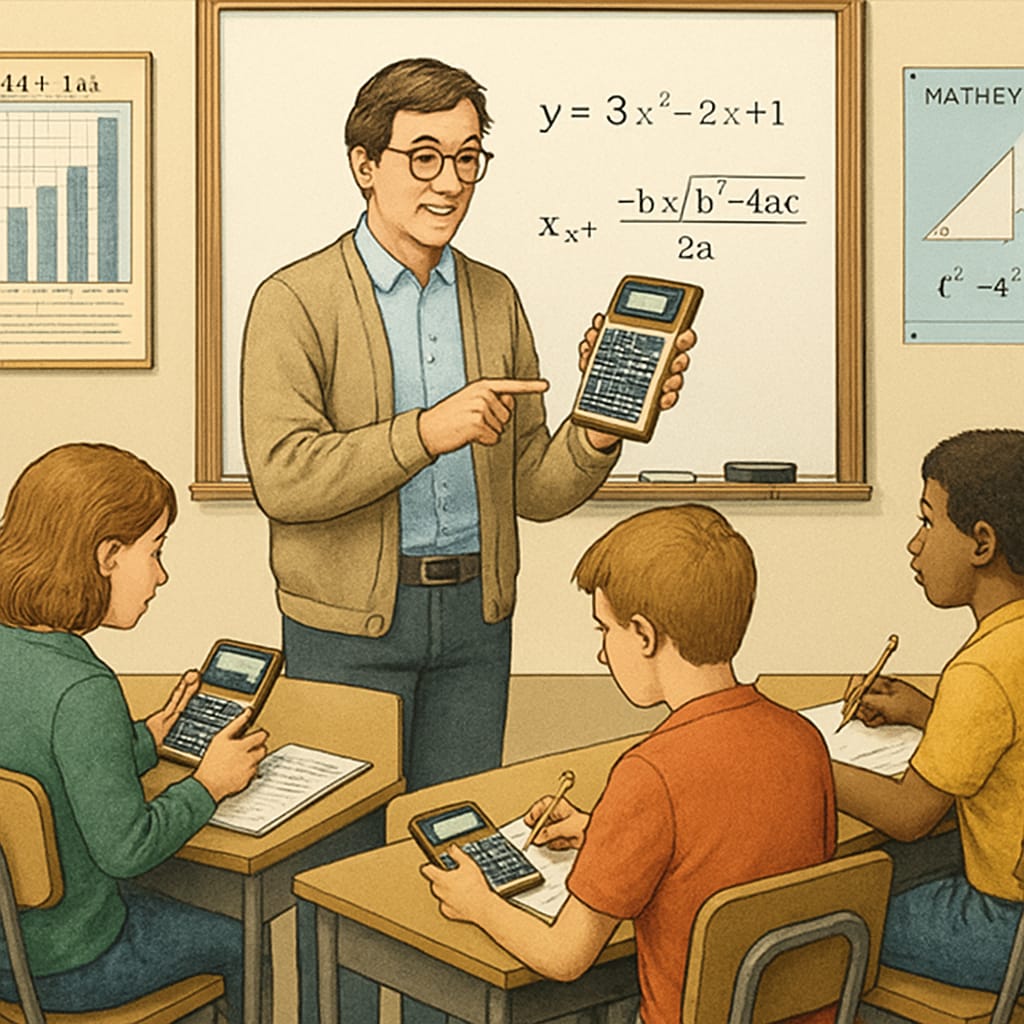Reverse Polish Notation (RPN) calculators, including the iconic HP 11c, have long been appreciated by engineers and mathematicians for their efficiency and logical design. However, their potential for enhancing mathematical thinking in K12 education remains largely untapped. By employing a unique input method that eliminates parentheses and operators, RPN calculators challenge students to approach problem-solving with greater clarity and precision. This article explores the advantages of RPN calculators, their current usage, and how they can transform modern classrooms.
What Makes RPN Calculators Unique?
Unlike traditional calculators, RPN calculators use postfix notation, where operators follow operands. For example, instead of entering “3 + 5,” users input “3 5 +.” This approach removes ambiguity and aligns closely with stack-based computation methods used in computer science. As a result, RPN calculators require users to understand the sequence of operations, fostering a deeper grasp of mathematical processes.
The HP 11c, one of the most celebrated RPN models, exemplifies this logic-driven design. Its compact layout and efficient functionality have made it a favorite among professionals. Bringing this tool into K12 education could encourage students to think critically, prioritize steps, and develop problem-solving skills that extend beyond mathematics.

Benefits for K12 Mathematical Education
Integrating RPN calculators into K12 education offers several advantages:
- Encourages Logical Thinking: Students must actively consider the order of operations, enhancing their ability to think critically and logically.
- Reduces Dependency on Memorization: By emphasizing process over rote learning, RPN calculators help students understand how equations work rather than merely memorizing formulas.
- Prepares Students for Advanced Fields: Familiarity with RPN aligns with concepts in computer science, engineering, and programming, creating a foundation for STEM careers.
For example, educators could use RPN calculators to teach topics like stack-based algorithms or recursion, demonstrating real-world applications of mathematical principles. As a result, students may gain a broader perspective on how mathematics connects to technology.
Challenges and Adoption in Modern Classrooms
Despite their benefits, RPN calculators face obstacles in widespread adoption. Many teachers and students are unfamiliar with postfix notation, which can initially appear counterintuitive. Additionally, schools often prioritize cost-effective tools, and traditional calculators dominate the market due to their simplicity.
However, these challenges are not insurmountable. Professional development for educators and introductory lessons for students can ease the transition. Moreover, incorporating RPN calculators into project-based learning or extracurricular activities could highlight their value without disrupting standard curricula.

Future Potential for RPN Calculators
As technology continues to shape education, RPN calculators could play a pivotal role in developing critical thinking and problem-solving skills. For instance, hybrid models that combine RPN functionality with traditional input methods may appeal to a broader audience. Additionally, digital simulations of RPN calculators could be integrated into educational software, making them accessible to schools with budget constraints.
For educators and policymakers interested in advancing STEM education, RPN calculators represent a valuable yet underutilized resource. Their ability to enhance logical reasoning, coupled with their alignment with technological concepts, makes them uniquely suited for modern classrooms.
In conclusion, tools like the HP 11c demonstrate that mathematics education can go beyond formulas and computation to inspire deeper understanding and critical thinking. By embracing RPN calculators, schools can prepare students for a tech-driven future while revitalizing their approach to math instruction.
Readability guidance: This article uses concise paragraphs and lists to summarize key points, ensuring accessibility for educators and readers interested in K12 math education. Transition words such as “however” and “for example” are used throughout to improve flow, while technical terms are explained for clarity.


